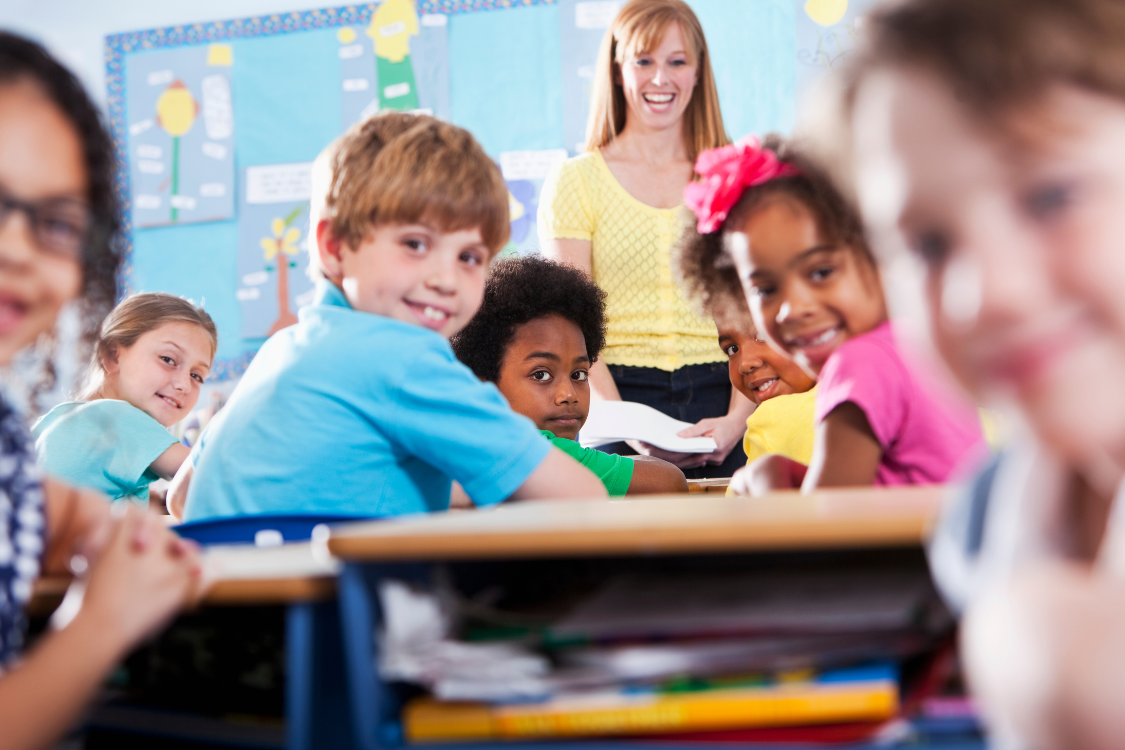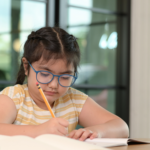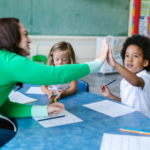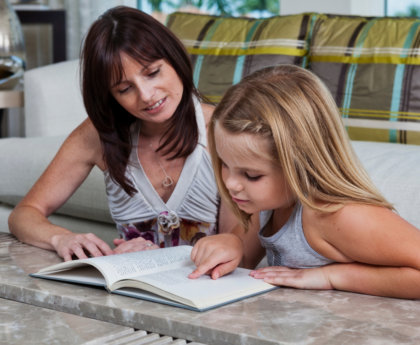Second grade marks a crucial transition point in reading development. Children at this level read and comprehend both fiction and nonfiction texts that are appropriately designed for their grade level, while accurately decoding multisyllable words and using knowledge of print-sound mappings to sound out unknown words. This represents a significant shift from first grade, where much energy was focused on basic decoding skills.
Research shows that word recognition tends to be especially important in early grades when children learn the alphabet and develop phonemic awareness, phonics, and sight words. Word-recognition skills tend to set a limit on reading comprehension in these early grades. By second grade, many children have developed sufficient decoding skills to focus more attention on meaning-making rather than just figuring out what words say.
The developmental research is clear: typical readers at this stage consolidate common letter patterns associated with prefixes, suffixes, and other word parts, making word reading faster and more automatic. This automaticity frees up mental energy for the real work of comprehension—understanding character motivations, following plot sequences, and connecting new information to prior knowledge.
Second graders also begin developing metacognitive awareness about their reading. They reread sentences when meaning is not clear, demonstrating an emerging understanding that reading should make sense and that they have strategies to fix comprehension breakdowns.
Core Comprehension Skills Your 2nd Grader Should Develop
Several essential comprehension skills typically emerge during second grade, forming the foundation for more complex reading tasks in later years.
Story structure understanding becomes increasingly sophisticated. Second graders discuss similarities in characters and events across stories, showing they can recognize patterns in narrative structure and make connections between different texts. They understand basic story elements like characters, setting, problem, and solution.
Questioning and inference skills develop significantly. Children pose possible answers to how, why, and what-if questions, demonstrating they can think beyond literal information to consider deeper meanings and possibilities. This represents a crucial shift from simply recalling facts to actively engaging with text.
Informational text comprehension expands dramatically. Students read nonfiction materials for answers to specific questions or for specific purposes and interpret information from diagrams, charts, and graphs. This skill becomes increasingly important as academic demands grow in later grades.
Cross-text connections emerge as a sophisticated comprehension strategy. Second graders connect and compare information across nonfiction selections, showing they can synthesize information from multiple sources—a critical skill for academic success.
Voluntary reading becomes more common as comprehension improves. Children read voluntarily for interest and their own purposes, indicating that reading has become personally meaningful rather than just a school requirement.
The Vocabulary-Comprehension Connection in 2nd Grade
Research shows that vocabulary problems top the list of reading comprehension challenges, requiring teachers to integrate domain-specific words and concepts into their teaching. This connection becomes particularly critical in second grade as texts introduce more sophisticated vocabulary and concepts.
Vocabulary plays a fundamental role in the reading process and is critical to reading comprehension. Students in 2nd grade need frequent exposure to tier 2 and tier 3 words. Tier 2 words are sophisticated vocabulary that appears across many contexts, while tier 3 words are domain-specific terms related to particular subjects.
Second graders encounter vocabulary challenges in both fiction and nonfiction texts. In fiction, they might encounter words like ‘brave,’ ‘cheerful,’ or ‘proud’ that describe character traits or emotions. In nonfiction, they face content-specific vocabulary related to science, social studies, or other academic subjects.
It’s especially important to spend time explicitly teaching figurative language, particularly for English language learners, because idioms do not translate and can cause confusion. Second graders begin encountering expressions like “it’s raining cats and dogs” or “break a leg” that require cultural knowledge beyond literal word meanings.
Effective vocabulary instruction in second grade combines explicit teaching with contextual learning. When children encounter new words in meaningful contexts and receive direct instruction about their meanings, they’re more likely to retain and use these words in their own reading and writing.
Practical Strategies to Strengthen Comprehension at Home
Parents play a crucial role in supporting second-grade reading comprehension development. These research-backed strategies can make a significant difference in your child’s growth.
Ask strategic questions during and after reading. Focus on ‘wh’ questions of comprehension: who, what, where, when, why, and how. Move beyond simple recall questions to ask about character motivations, cause-and-effect relationships, and personal connections to the story.
Use the four-level questioning approach recommended by reading experts. “Right There” questions can be answered directly from the text, “Think & Search” questions require searching through the text for information, “Author & You” questions make children think about characters and events, and “On Your Own” questions relate personal experiences to the story.
Encourage rereading for understanding. Even adults sometimes need to reread paragraphs or pages if they lose focus while reading. It’s always okay to go back and reread for understanding. Model this strategy by thinking aloud when you reread sections of books you’re sharing with your child.
Create comprehension bookmarks to support independent reading. These tools help children ask themselves questions and think about story elements as they read. Include prompts like “What just happened?” “What might happen next?” and “How is this character feeling?”
Practice retelling and summarizing. After reading, ask your child to retell the story in their own words, focusing on the main events and important details. This helps consolidate understanding and identifies any comprehension gaps.
Support Different Types of Texts and Genres
Second graders encounter increasingly diverse text types, each requiring different comprehension strategies and support approaches.
Fiction comprehension focuses on story elements, character development, and narrative structure. Help your child identify the main character’s problem and how it gets solved. Discuss character feelings and motivations, and make connections between the story and your child’s own experiences.
Nonfiction comprehension requires different strategies. Second graders interpret information from diagrams, charts, and graphs, so spend time examining these text features together. Teach your child to preview headings, captions, and illustrations before reading to build background knowledge.
Poetry comprehension introduces figurative language and rhythm. Read poems aloud together, discussing how poets use words to create images and feelings. Don’t worry about complex analysis—focus on enjoyment and basic understanding of what the poem describes.
Informational series books like Magic Tree House Research Guides or National Geographic Kids books combine engaging topics with accessible text structures. These bridge the gap between fiction and pure nonfiction, making complex information more approachable for second graders.
Build a Foundation for Future Reading Success
Second-grade reading comprehension skills create the foundation for all future academic learning. The shift from “learning to read” to “reading to learn” typically occurs around fourth grade, when readers have developed accurate and relatively automatic word recognition and can focus attention on reading for meaning.
Ready to support your second grader’s reading comprehension development with systematic, research-based instruction? Start your free 7-day trial of Reading.com today and discover how structured literacy approaches can help your child become a confident, thoughtful reader who truly understands and enjoys what they read.





